INAF
Elisabetta Dotto is Senior Researcher at INAF – Observatory of Rome. With over 140 publications in peer-reviewed, international journals, she acts as Coordinator of the NEOROCKS project. Her scientific activity focuses on the physical characterisation of atmosphereless small bodies of the Solar System. She is Science Team Leader of LICIACube, the ASI CubeSat, in support of the NASA DART mission. Asteroid 7329 1985GK was named Bettadotto after her, by the IAU.
Davide Perna has been an astronomy enthusiast since he was a child, and is currently a researcher at the INAF - Astronomical Observatory of Rome. He has devoted nearly two decades to the physical characterisation of near-Earth asteroids and other solar system small bodies. Within NEOROCKS, he manages NEO spectroscopic observations and coordinates for INAF the Work Package 3 “Observations and Data Analysis”.
Elena Mazzotta Epifani is a researcher at the INAF-Osservatorio Astronomico di Roma (Italy). Her main scientific activity concerns properties of small bodies, satellites and planets of our Solar System. She is CoI of several onboard instrument ESA space missions, and has a long experience in managing observing campaigns from on-ground telescopes. She serves as NEOROCKS Project Manager, supporting the Coordinator in monitoring the technical work, managing meetings and project procedures.
Alberto Cellino is a researcher in the field of physical studies of the small bodies in our solar system. Senior researcher at the INAF - Torino Astrophysical Observatory, he is now retired, but is still involved in several projects. In NEOROCKS, he is responsible for polarimetric measurements of NEOs. Most observations are executed using the Torino polarimeter attached to the 1-m Omicron West telescope of the Calern observing station, belonging to the Observatory of the Cote d'Azur (France).
Simone Ieva is a researcher at INAF-OAR. He is an expert in spectroscopy and photometry of small bodies of the solar system, with a focus on characterization of Near-Earth Objects. He is also interested in the study of the presence and characterization of basaltic bodies throughout the solar system.
Beside the NEOROCKS project, he is currently a scientific member of the NASA-DART and ASI-LICIACube space mission, the first attempt to deflect an asteroid via a kinetic impactor.
Elisabetta Dotto

Davide Perna

Elena Mazzotta Epifani
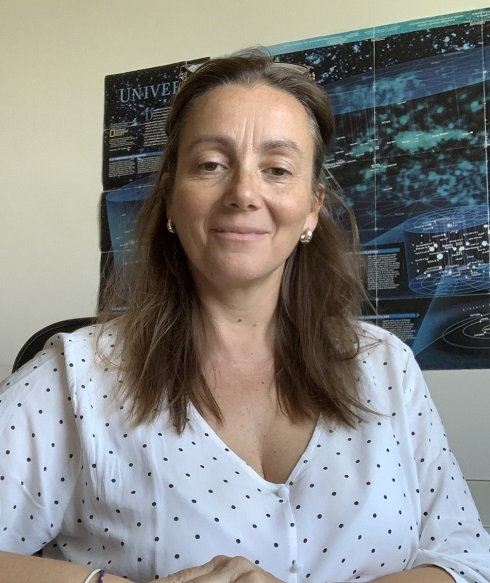
Alberto Cellino

Simone Ieva

ASI
Ettore Perozzi
Ettore Perozzi is a senior scientist with a long-standing experience in celestial mechanics, dynamics of the solar system, near-Earth and interplanetary missions, education and public outreach. He obtained a degree in physics in 1981 from the University of Rome and throughout his career he has worked for research institutions, space agencies and the aerospace industry. He has been involved from the very beginning in the ESA and EU Space Situational Awareness (SSA) programmes being responsible of the daily operations of the ESA SSA-NEO Coordination Centre at ESRIN, and later as Head of the SSA SST Office of the Italian Space Agency. He is presently working at ASI's Scientific Directorate in Rome.

Angelo Zinzi
Angelo Zinzi is Staff Technologist and coordinator of the Solar System Exploration group at the Space Science Data Center of ASI. In NEOROCKS project, he is involved in WP5, devoted to “Data Management”, collaborating to design a data model for data exploitation using the NEOROCKS technical web portal. The work has been done following the FAIR (Findable, Accessible, Interoperable and Reusable) principles of Open Science and Virtual Observatory (VO) standards, so that data acquired during the project can be preserved and accessed in the future.

Marco Giardino
Marco Giardino is a software engineer at the Space Science Data Center of the Italian Space Agency. His main interests focus on software design for processing and modelling scientific data produced by space missions, targeting maximum scientific return. In NEOROCKS, he is involved in WP5 "Data Management" and has been in charge of the task "Data centre facilities" concerning the definition and development of the Technical Web Portal and the Physical Properties DB.

Alessio Giunta
Alessio Giunta obtained his PhD in Astrophysics in 2009 at the University of Rome Tor Vergata, where he also obtained a Master in Space Science and Technology. He is currently a Post Doc researcher at ASI-SSDC, with 10 years of experience in the study of photometric and astrometric transients. He is currently PI of two observing proposals for the discovery and physical characterisation of NEAs. He has been involved in NEOROCKS, LSST, EXORCISM, GRAWITA, NEOShield2 and CINEOS projects.
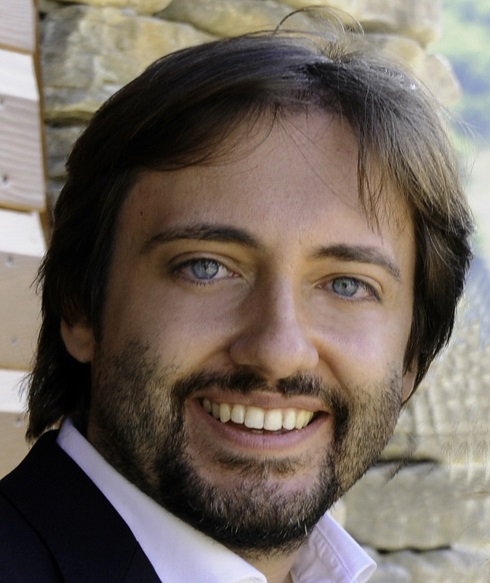
UNIPD
Monica Lazzarin
Monica Lazzarin is Associate Professor at the University of Padova, where she teaches “Astrophysics of the Solar System” in the Astronomy degree course. She works in the field of the small bodies of the Solar System, comets and asteroids, to investigate their composition with observations performed with groundbased and space facilities. Great interest is devoted to Near Earth Asteroids: she is Partner of the NEOROCKS project and studies the composition of NEOs by spectroscopic investigation with telescopes at the Asiago Observatory (Italy).

Fiorangela La Forgia
Fiorangela La Forgia is researcher at University of Padova Her research interests are for small bodies in the Solar System: asteroids and comets, the best-preserved witnesses of our origins. In the framework of NEOROCKS , she is involved in follow-up observations of Near Earth Objects through the Asiago 1.20m “Galileo” and 1.80m “Copernico” telescopes. Despite the faintness and high speed of the targets, more than 50 targets have been observed up to now. Data reduction and target characterisation are also performed for greater understanding of these objects.

OBSM
Antonella Barucci
Antonella Barucci is a senior astronomer (exceptional class) at LESIA-Paris Observatory. She is involved in the exploration of Solar System from the ground and from the space to understand the physical, chemical and mineralogical nature of primitive small bodies. She is author of more than 1000 scientific publications (430 in referred journals) and several books. In NEOROCKS, she analyses and interprets the data obtained by observations. She is responsible for outreach at local level.

Mirel Birlan
Mirel Birlan is an astronomer, associate to Paris Observatory and director of the Astronomical Institute of the Romanian Academy.He is an expert in physical properties of minor bodies. Within NEOROCKS, he is in charge of planning observations for colours of NEOROCKS targets, using Observatoire de Haute Provence and Pic du Midi assets adapted to Near Earth Asteroids physical characterisation.

François Colas
François Colas, CNRS Director of Research at the Institute of Celestial Mechanics and Ephemeris Calculation (IMCCE) of the Paris Observatory, is manager of the Pic du Midi T1m Telescope and coordinator of the “FRIPON” project, devoted to the detection of fireballs which pass over Europe. This network connects the world of asteroids to that of meteorites.In NEOROCKS, he is in charge of organising and running photometric observations at the Pic du Midi Observatory, as planned in WP3.

Sonia Fornasier
Sonia Fornasier is assistant professor at University Paris Cité, at LESIA. She is expert on spectroscopy, photometry and polarimetry of minor bodies of the Solar System, using both groundbased telescopes and data from space mission, in order to derive their composition and physical properties. She is involved in Rosetta, OSIRIS-REX, MMX, JUICE, and BepiColombo missions. Within NEOROCKS, she supports ground based observations, data analysis and interpretation.

Marcello Fulchignoni
Marcello Fulchignoni is Professor emeritus of Astrophysics at Paris-Cité University and carries out his research work at LESIA, Observatoire de Paris. He has broad experience of all stages of planetary exploration, including instrumentation, from Apollo, to Mariner 9 and 10, Voyager 1 and 2, to the Cassini-Huygens (PI of the HASI instrument) and Rosetta missions (Inter-Disciplinary Scientist for asteroid science), BepiComombo. He is expert in asteroid physical characterisation and contributes to NEOROCKS WP2, WP5 and WP6.

Tetiana Hromakina
Tetiana Hromakina is a PhD at LESIA, Obsevatoire de Paris. She is involved in photometrical observations of asteroids in the framework of the NEOROCKs Project. Her research work covers the whole population of small bodies objects.

Frédéric Merlin
Frédéric Merlin is Associate Professor at Université Paris Cité and performs his research at LESIA-Observatoire de Paris. He researches the nature of the small bodies of the solar system, with data collected from ground and space based observations. He participated in the Rosetta/ESA, Epoxi/NASA, and Osiris-Rex/NASA missions. He is Co-I of the MMX/JAXA mission that will investigate the nature of Phobos and Deimos. This expertise is used in NEOROCKS to analyse NEO spectrophotometric data, to better constrain the surface mineralogy and physical properties.

Adrian Sonka
Adrian Sonka is an astronomer from the Astronomical Institute of the Romanian Academy, Bucharest, Romania. He is involved in asteroidal observations and his main interests are photometry and astrometry of the solar system small bodies. His contribution to NEOROCKS concerns NEO photometric observations at the Haute Provence and Pic du Midi Observatories.
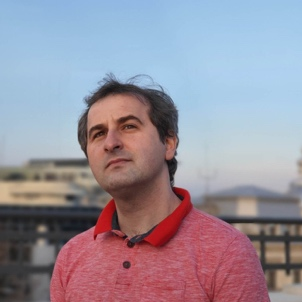
Hélène Veillard
Hélène Veillard is the European affairs manager at Paris Observatory. She is in charge of administrative participation in NEOROCKS by the two laboratories of Paris Observatory (LESIA and IMCCE).

UoE
Colin Snodgrass
Colin Snodgrass is an astronomer specialising in observations of comets and asteroids at optical wavelengths, with broad experience using medium and large telescopes, especially at the European Southern Observatory’s sites in Chile. He also works on spacecraft exploration, and currently co-leads the European Space Agency’s Comet Interceptor mission, due to launch in 2029 towards a yet-to-be-discovered comet. Within NEOROCKS, he leads efforts to detect comets hiding within the NEO population, looking for signs of faint tails. Nearly inactive comets look a lot like asteroids at first glance, but have very different properties (being made more of ice than rocks) that would be important if one threatened to collide with Earth.

Agata Rożek
Agata Rożek is an astronomer interested in observations of near-Earth asteroids and comets. She has broad experience, particularly with small body shape modelling using both optical light-curves and radar imaging. In NEOROCKS, her principal task is developing a software suite for detection of faint activity in optical observations of NEOs. This might be a trail of dust particles shed due to fast rotation, or comet-like due to evaporation of volatile surface material, making NEOs appear "fuzzy".

ASU
Petr Pravec
Petr Pravec is the leader of the Czech group involved in NEOROCKS. He is an expert on complex asteroid systems, such as binary or paired asteroids and excited asteroids. His tasks in NEOROCKS include planning of observations with the Danish 1.54m telescope located in Chile and the 0.65m telescope in Ondrejov, and subsequent data analysis. With specialised tools, Petr derives spin periods of observed NEOs, detects their satellites and reveals their excited rotations.
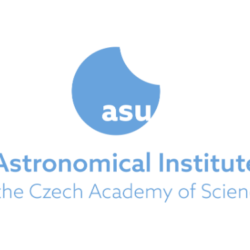
Petr Fatka
Petr Fatka finished his Ph.D. in 2020 at Charles University, under the supervision of Dr. Pravec from the Czech Academy of Sciences. His expertise focuses on the orbital dynamics of genetically related, with a recent focus on near-Earth objects. Currently, Petr contributes to the NEOROCKS project mainly by running photometric observations of asteroids. Once data collection is completed, Petr will analyse data and estimate poles and shapes of the best observed NEOs.

Peter Scheirich
Peter Scheirich is an expert on modeling binary asteroid orbits from photometric observations. He contributes to NEOROCKS with modelling the mutual orbits from observed mutual events between the components of detected binary NEOs.
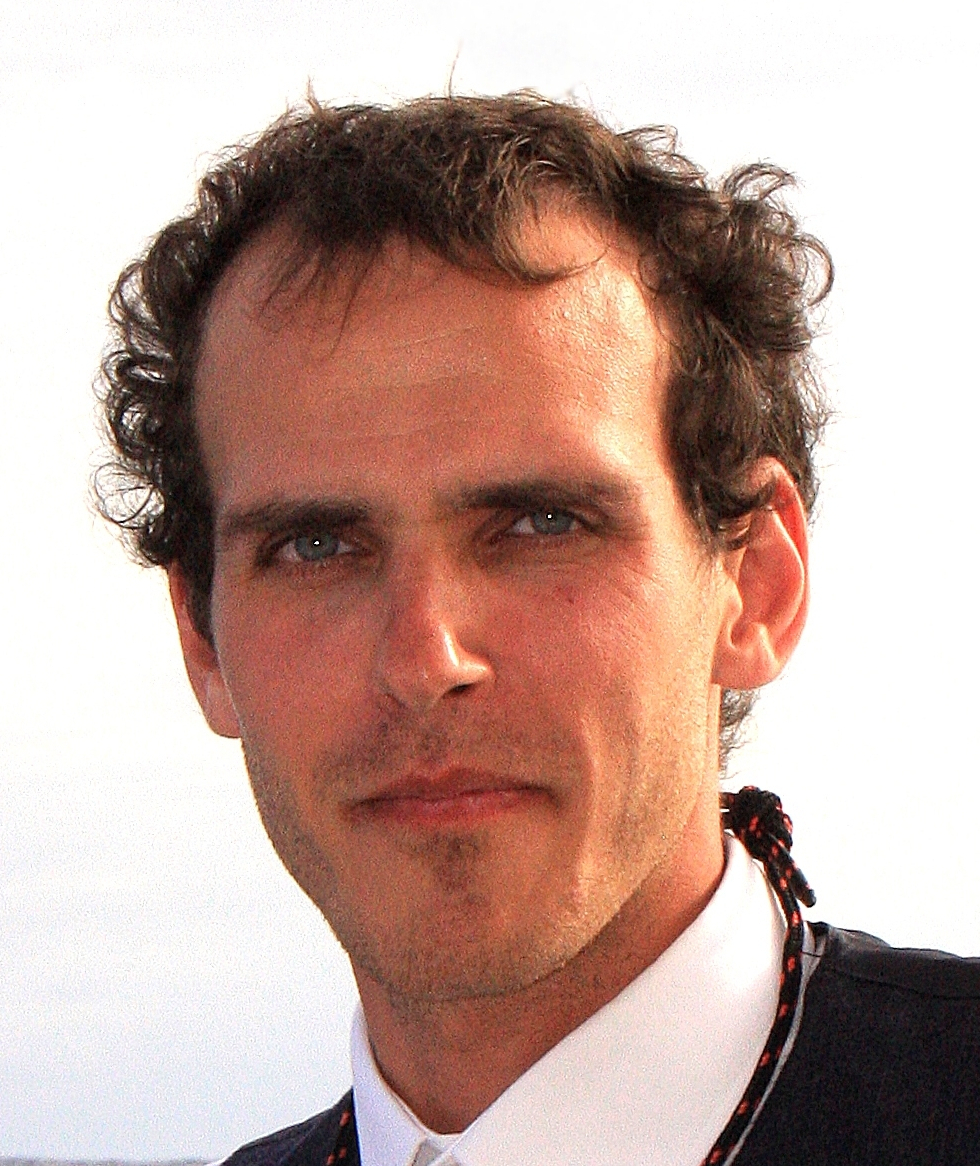
IAC
Julia de León
Julia de León is a researcher at the Instituto de Astrofísica de Canarias – IAC (Spain), where she leads the Solar System Group. Her main scientific activities include characterization of asteroids from ground-based photometry and spectroscopy, in particular those that come close to the Earth and are potentially hazardous. She has a long experience in space missions to asteroids and is currently Instrument Scientist of one instrument on board ESA Hera mission. In NEOROCKS, she coordinates IAC participation in Work Package 3 “Observations and Data Analysis”.

Javier Licandro
Javier Licandro is a researcher at the Instituto de Astrofísica de Canarias – IAC (Spain), with a long experience in the study of physical and compositional properties of minor bodies of the Solar System, including asteroids, comets and trans-Neptunian objects. In recent years, he has focused on observation of near-Earth asteroids and has been actively involved in several missions like OSIRIS-REx and Hera. In NEOROCKS, he participates in the characterisation of asteroids observed with radar, within Work Package 3 “Observations and Data Analysis”.
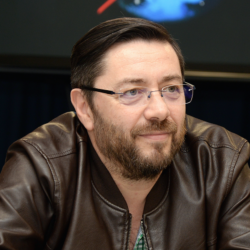
SpaceDyS
Fabrizio Bernardi
Fabrizio Bernardi obtained a Master Degree in Astronomy from University of Padova in 1999 and a Ph.D. in Astronomy from University of Roma “Tor Vergata” in 2003. He spent several years as a researcher at the Institute for Astronomy of the University of Hawaii and he is one of the discoverers of Apophis. He works as Project Manager at SpaceDyS. In NEOROCKS, he manages development of the NEOCP Priority List, NEODyS New Priority List and the related mailing service.

Alessia Bertolucci
Alessia Bertolucci obtained a Master Degree in Mathematics from the University of Pisa in 2018. Since then, she has worked at SpaceDyS as Researcher and Software Developer, dealing with activities of data analysis and software development concerning Orbit Determination and Impact Monitoring. In NEOROCKS, she supports development of graphic tools for the Observation Prediction Tool and the introduction in NEOScan of the ability to process astrometric data in ADES format.

RESOLVO
Paolo Frosini
Paolo Frosini is founder and CEO of Resolvo. He has been working in the field of ICT consultancy and European project design for over 20 years, specialising in SME support. During his professional experience he has covered positions in public administrations, research centres and private companies, where he has been in charge of designing, developing and implementing research and innovation projects. In NEOROCKS, he supported the launch phase of management and communication procedures, including set-up of the project web page.

Jessica Huntingford
Jessica Huntingford in Head of European Projects at Resolvo. She has more than 15 years of experience in the design and management of European projects, specialising in European Territorial Cooperation. Her professional experience has taken her to Tuscany and to Brussels, where she coordinated activities in various European Networks. Jessica was actively involved in the preparation of the NEOROCKS application. She is now in charge of Responsible Innovation and supports all Outreach activities.

Sara Banchi
Sara has been Project Manager at Resolvo since 2009. She has developed in-depth knowledge of EU programmes and experience in design and management of European projects. Between 2014 and 2017, she was responsible for the Resolvo London office, acquiring skills in business development. In NEOROCKS, Sara is Outreach Manager and Risk Manager. She supports the Coordinator in all phases of project and consortium management.






